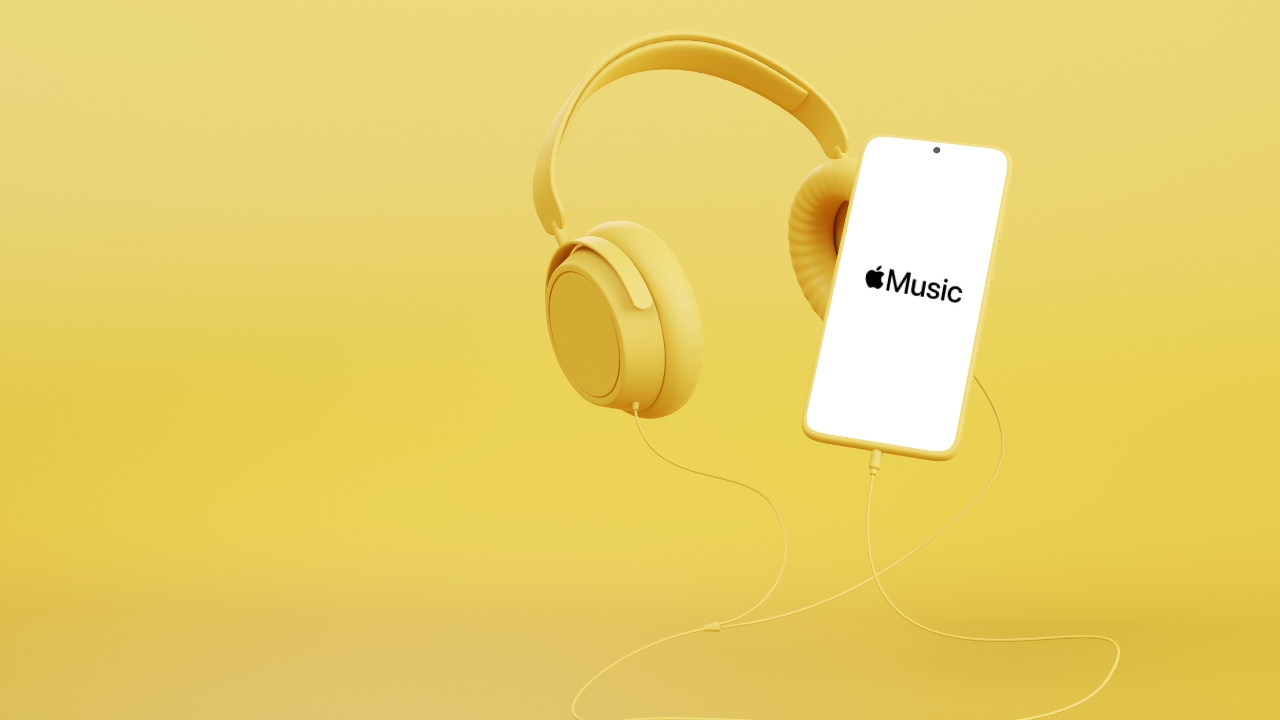
The music industry has undergone a seismic shift in recent years, with technology playing an increasingly pivotal role. At the forefront of this transformation is the AI music composer, a tool that uses artificial intelligence to generate melodies, harmonies, and even full songs. But how does this technology stack up against the tried-and-true methods of traditional music composition? This article explores the pros and cons of each approach, highlighting their impact on music creation, distribution, and audience engagement while weaving in related concepts like audio formats, music blogging, and social media strategies.
Understanding AI Music Composition
An AI music composer leverages algorithms to analyze vast datasets of music, learning patterns and structures that define various genres and styles. Tools like Amper Music, AIVA, and OpenAI’s MuseNet allow users to input parameters such as mood, tempo, and instrument preferences, generating compositions in seconds. These tools democratize access to music creation, empowering individuals with little to no musical background to create professional-quality tracks.
However, some purists argue that music is an art form deeply tied to human emotion and creativity, aspects that algorithms cannot fully replicate. While AI excels at producing technically sound pieces, critics question whether it can evoke the same depth of emotion as a human composer.
Traditional Music Composition: The Human Touch
Traditional music composition, on the other hand, is often a deeply personal and time-intensive process. Musicians spend years mastering their craft, developing unique styles, and drawing inspiration from their experiences. This approach allows for unparalleled creativity and emotional connection.
Yet, traditional composition has its challenges. It can be slow, resource-intensive, and limited by an individual’s skill set or time constraints. For independent artists and content creators looking to produce music quickly, traditional methods may not always be practical.
Choosing the Right Audio Format
When it comes to sharing and distributing music, understanding which audio format is best is crucial. Traditional composers often prioritize formats like WAV or AIFF for their high fidelity, ensuring that every nuance of their performance is preserved. These lossless formats are ideal for studio recordings and mastering.
Conversely, AI music composers often generate music that is optimized for streaming platforms, where compressed formats like MP3 and AAC dominate. These formats are smaller in size and compatible with most devices, making them practical for mass distribution. Exploring an audio formats list can help both traditional and AI composers decide on the right format based on their goals—whether it’s high-quality playback or maximizing accessibility.
Blurring the Lines: AI and Traditional Collaboration
Rather than pitting AI against traditional methods, many artists are finding innovative ways to combine the two. For instance, a musician might use an AI music composer to generate a foundational melody, which they then refine and expand upon using their skills. This hybrid approach allows for both efficiency and emotional depth, blending the best of both worlds.
Similarly, understanding which audio format is best for collaborative projects ensures smooth integration across platforms. While traditionalists might prefer uncompressed formats for editing, AI tools often cater to compressed formats that are easier to manipulate digitally.
The Role of Music Blogs in the AI vs. Traditional Debate
Music blogs—also known as what are music blogs called in digital marketing contexts—play a vital role in shaping public opinion on AI music tools and traditional methods. These platforms serve as a bridge between creators and audiences, offering reviews, tutorials, and insights into the latest trends. Blogs dedicated to music technology often highlight the capabilities of AI tools, while others focus on the artistry of traditional composition.
For aspiring musicians, starting their own blog can be a powerful way to document their journey, share tips, and showcase their work. Whether discussing audio formats lists or debating the merits of AI-generated music, blogs provide a space for meaningful conversation.
AI in Social Media: Creating Music for Instagram Reels
Social media has become a key platform for musicians to share their work and connect with audiences. Knowing how to make reels on Instagram with music is a valuable skill in today’s digital age. AI tools can play a significant role here, enabling creators to quickly produce catchy tracks tailored for short-form video content.
For instance, an AI music composer can generate custom soundtracks that align with trending themes or moods, giving users a competitive edge. Pairing this with an understanding of which audio format is best for Instagram—typically compressed formats like MP3—ensures seamless integration and playback.
Traditional musicians, too, can leverage Instagram Reels by uploading snippets of their performances or studio sessions. Combining authentic content with AI-optimized soundtracks can boost engagement and reach, making it a win-win for both camps.
The Future of Music Creation
As AI technology continues to evolve, the line between traditional and AI-driven composition will likely blur further. Tools that once seemed revolutionary, like the AI music composer, are becoming commonplace in studios and living rooms alike. At the same time, the enduring appeal of human creativity ensures that traditional methods will never truly fade away.
To succeed in this rapidly changing landscape, musicians must stay informed about the latest tools and trends. Whether it’s understanding which audio format is best for distribution, exploring an audio formats list for versatility, reading insights on what are music blogs called, or mastering how to make reels on Instagram with music, staying adaptable is key.
Conclusion
The debate between AI and traditional music composition isn’t about choosing sides—it’s about leveraging the strengths of both approaches. AI offers speed, accessibility, and innovation, while traditional methods provide authenticity and emotional depth. By combining these tools thoughtfully, creators can unlock new possibilities in music production, reaching wider audiences and leaving a lasting impact on the industry.







